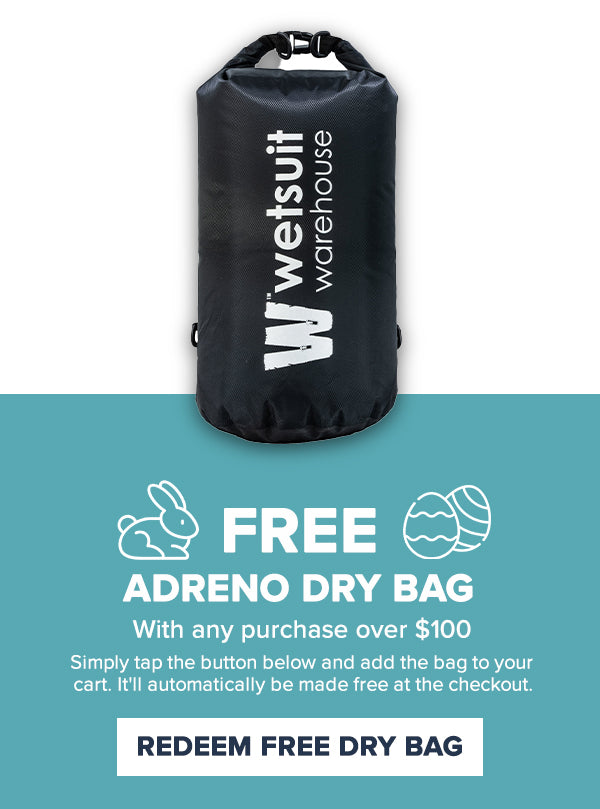Choosing your perfect suit
What sport will I be primarily using my wetsuit for?
This is the main thing to take into consideration when buying a wetsuit, as your sport of choice will determine how the suit is used and in what conditions. Take surfing for example; you'd prefer a wetsuit that is super flexible so it isn't restricting your paddle motion or movement when you're up on a wave. Stiff neoprene when you're surfing just means you'll burn up energy faster.
It is possible to buy one wetsuit for multiple sports, as long as you make sure it has the features to make it suitable for them. Surfing wetsuits are flexible but compressible, making them less ideal for high-pressure sports like scuba diving. Scuba suits are denser, more rigid, and designed for deeper dives, sacrificing flexibility for warmth.
For more differences between wetsuits used in various sports, check out our blog "Surf, Scuba, Spear and Freediving Wetsuits: How do they differ?".
What style wetsuit do I need?
For a breakdown of wetsuit styles, our blog about wetsuit styles provides a guide. Essentially, more neoprene means more warmth, so thicker wetsuits are suited to cooler conditions. For diving or cold water sports, you'll want more neoprene than for surfing in warmer climates.
For spearfishing or freediving, a two-piece wetsuit is often better for flexibility and warmth. The jacket typically integrates a hood, which makes a big difference in both warmth and hydrodynamics. A two-piece design also helps seal water better and is generally more flexible than a one-piece design.
How thick should my wetsuit be?
The thickness of your wetsuit will depend on the water temperature and the sport you're using it for. Personal preference plays a big role, but as a general rule:
- For temperate waters, a 2-5mm steamer wetsuit works for both surfing and diving. During winter, surfers use a 3/2mm steamer, while divers may opt for 4/3mm or thicker.
- In colder waters, a 6-7mm wetsuit may be required for diving, while surfers might wear a 4/3mm wetsuit with gloves and booties for added warmth.
So what's the go with stitching?
Stitching is crucial to the durability and flexibility of a wetsuit. There are various types of stitching:
- Glued stitch (cheapest, but least durable)
- Over-locked stitch (better, but can be uncomfortable)
- Flatlock stitch (comfortable but prone to leaking)
- Blind stitch (most durable, no leaks, but more expensive)
For a combination of durability and water sealing, look for Glued and Blind Stitched Seams (GBS) with taping or welding to reinforce the wetsuit.


